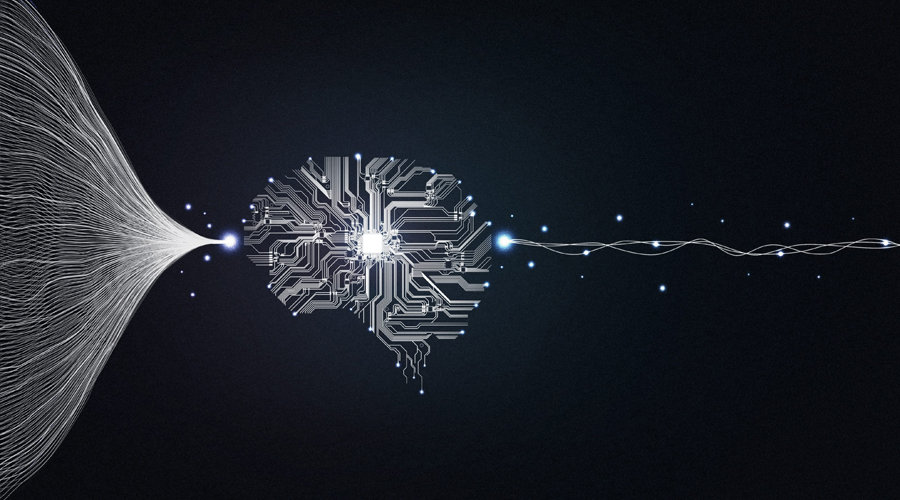
Internet of things (IoT) is rapidly changing the way humankind lives and the number of connected devices are increasing exponentially. However, two significant challenges are the battery life for off-grid IoT applications and the capability of edge devices to connect over a long-range. Raw data transmission constitutes a very power-hungry activity for any device. On the other hand, the traditional cellular wide area networks are power-hungry and incompatible for battery-operated IoT devices.
There is a requirement for low-power edge computing devices that minimise the transmission payload and integrate LPWAN (Low-Power Wide-Area Network) technologies that offer wide range connectivity while still delivering a long battery life. Today, one of the most promising LPWAN technologies is LoRa (short for long range). By implementing embedded machine learning with IoT applications or LoRa, transmitted data could be compressed by 512 times, extending the battery life by three times.
However, the impact of COVID-19 on the global supply chain may hamper innovation and growth of embedded machine learning. In spite of silicon shortages, various new abilities of embedded machine learning on IoT devices will pop up in 2021 as industry watchers predict. Let’s explore top embedded ML for IoT predictions in 2021.
Forced Interprice Maturation
The adoption of more intelligence at the device level addresses the issues associated with bandwidth and latency. Many more autonomous chips, which rely on enterprises cleaning up existing systems, are expected to be made this year.
Enterprise IT execs are entirely overwhelmed on the tech stuff which has been already embedded. However, the problem is connecting to it and absorbing it. It might not be feasible to run full-scale deep learning models that frequently have billions of mathematical operations on smaller devices with a limited amount of memory.
Acceleration of ML and AI
Although artificial intelligence (AI) chips market is impacted due to the COVID-19 pandemic, it is expected to grow at a CAGR of over 42% between 2020 and 2024. Increasing the adoption of AI chips in data centres will accelerate its growth.
Chatbots are helping the auto insurance industry to survive during the coronavirus pandemic. Infused by ML, digital insurance platforms research applicants drive records, scrutinise data, apply risk metrics to coverage and pricing, and issue-related policies without face-to-face communication.
COVID-19 pandemic has undoubtedly accelerated the development of ML applications solving today’s problems in the field of research, digital workforce etc.
Embedded ML in Reviving Manufacturing Industry
Several industries, including the manufacturing sector, have embraced so many AI/ML conversations in 2020 as companies looked to leverage deep learning and neural networks to predict time-series data. Manufacturers face challenges with machinery failures in various ways. A product might look perfect from outside, but it may turn out damaged once it is used, which causes massive losses to manufacturers. In such a scenario, with the availability of huge time-series data on how the machinery is examined, Embedded ML and machines identify certain areas that need to be efficiently tested.
Moreover, cloud and IoT sensors also play a vital role in modernising the manufacturing industry. By embedding them in machinery, manufacturers can better predict the maintenance and overcome equipment issues that are likely to occur in the future. The embedded ML solutions automate the entire manufacturing process adding smart manufacturing operations.
Share This Article
Do the sharing thingy
About Author
More info about author
Source: https://www.analyticsinsight.net/top-trends-of-embedded-machine-learning-for-iot-in-2021/